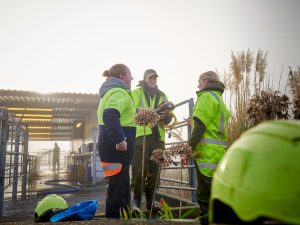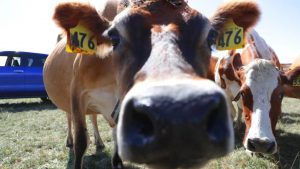
Food service sales were hammered in the covid-19 lockdown of the most populous cities and provinces but began recovering in the second half of March.
Chow doesn’t yet have April figures but believes sales tonnages will return close to normal in May and June.
Some 95% of Starbucks and other western restaurants have reopened and cakes and pastries anbd cream-rich beverages like tea macchiatos are popular.
“The stores are open but their customer traffic hasn’t returned to normal yet.”
Chow appeared by video link from Shanghai with Fonterra chief executive Miles Hurrell in Auckland for a media conference.
He was in the United States on holiday when the covid-19 virus hit Wuhan and Chinese cities began to impose travel restrictions.
His family remained in the US when he returned to China to lead 1800 employees through the lean months of January, February and early March.
No Fonterra staff in China, including nine Wuhan residents and all the China Farms workers, got covid-19, he said.
Fonterra’s consumer product sales in China through electronic channels soared before and in the first few days of movement controls.
“We saw some panic buying and stocking up on infant formula, butter, cream cheese and cream.”
During the lockdowns the Anchor Food Professionals chefs recorded and broadcast items aimed at food service customers and stuck-at-home consumers.
They drew hundreds of thousands of viewers, Chow said.
The lockdown was a time to try new things, some of which might not work.
Fonterra ingredient sales and shipments to China remained steady over the first quarter of 2020 though customs and wharf clearances slowed.

























